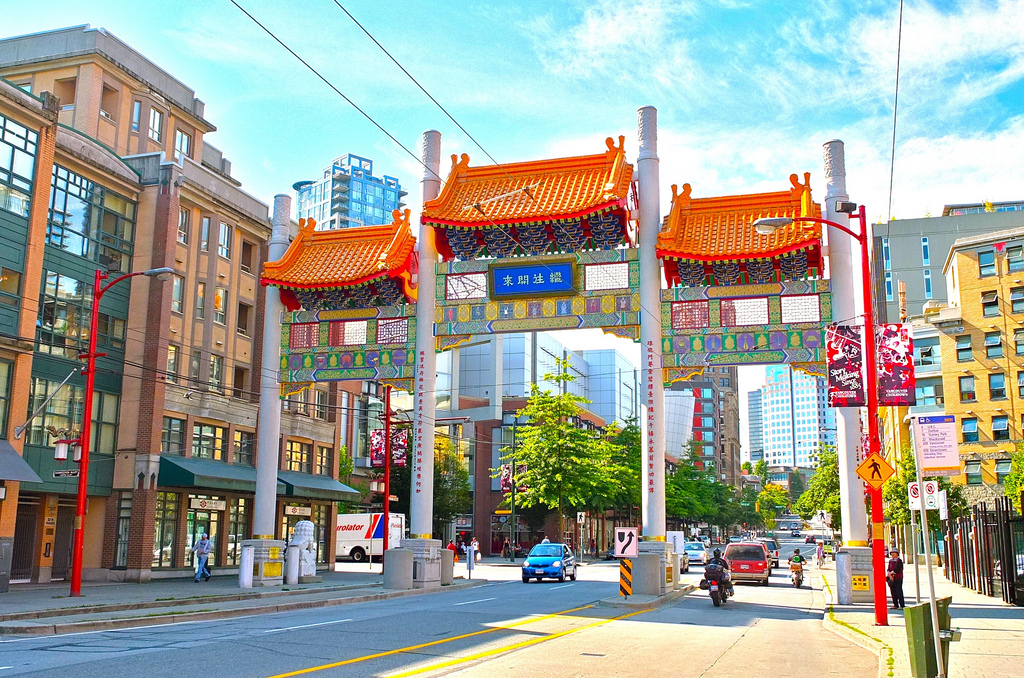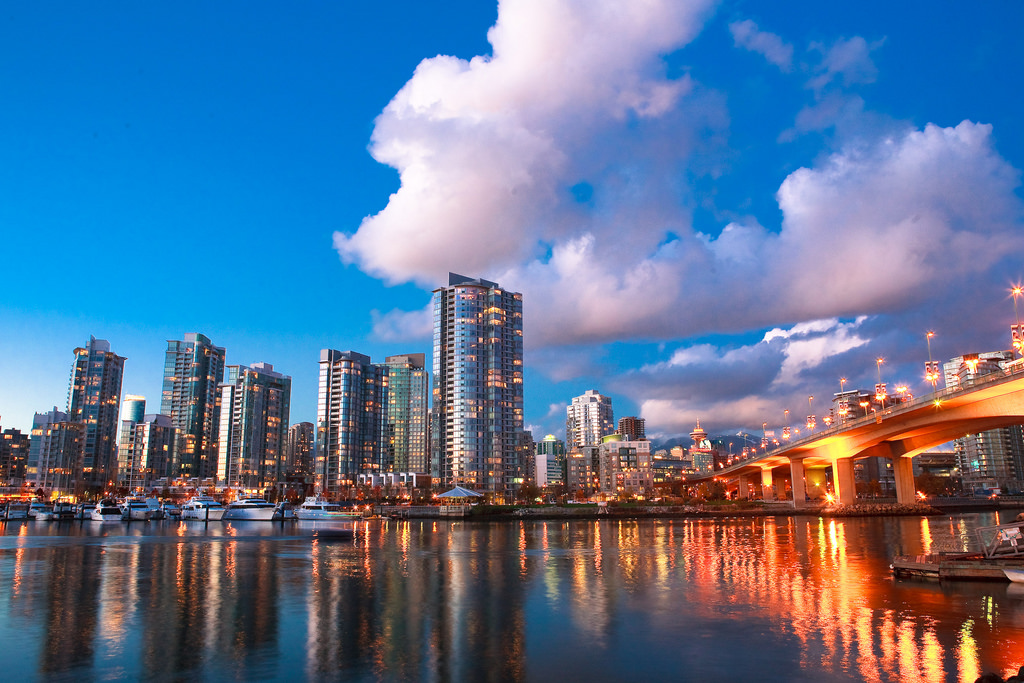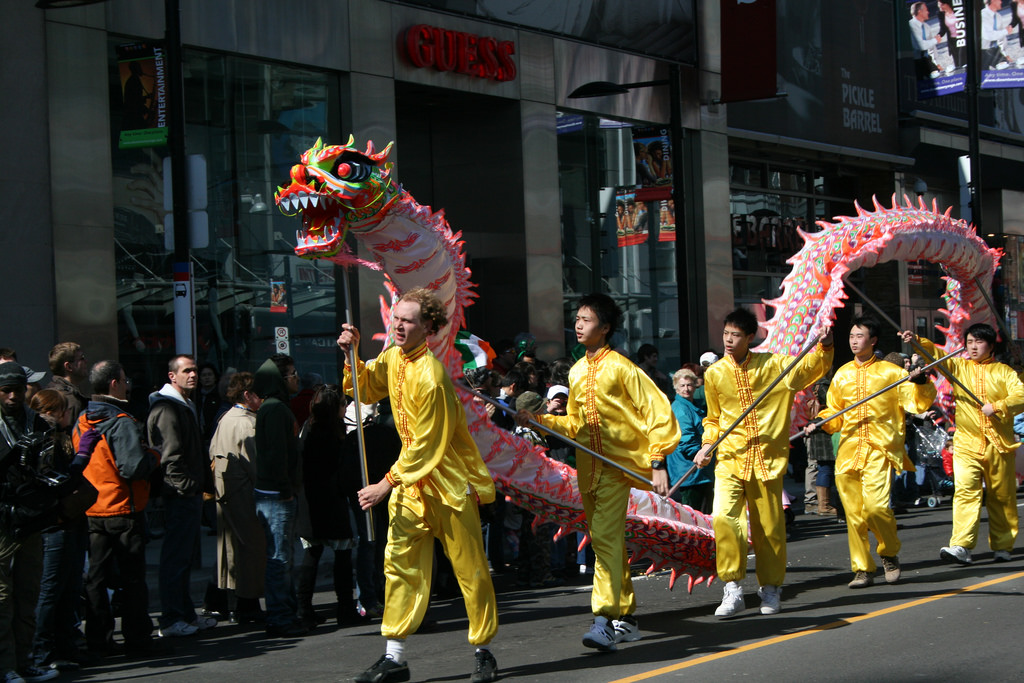
Silky haired, thin young women with sparkly watches and designer clothing sip red wine and nibble on fresh oysters and crab. Their dazzling six digit cars – Maseratis, Lamborghinis, and Mercedes- line the parking lot outside. This might sound like an episode of E entertainment’s “The Real Housewives of Beverly Hills,” and it’s not far off- it’s a brief scene from the Youtube reality show, “The Ultra Rich Asian Girls of Vancouver.” Filmed in Mandarin and English, the popular show explores the fascinating and shocking lives of the fuerdai, which translates in mandarin to “rich second generation,” and refers to the children of the very wealthy Chinese. Yet the show provides more than mindless entertainment on the prodigal lives of affluent Chinese trust fund kids who have zero qualms about displaying their wealth. It is a case study on the 21st century influx of wealthy Chinese immigrants to the modest, classical British Columbia.
For centuries, British Columbia-Vancouver in particular-has been a popular destination for Chinese migrants because of its calm pace of life, moderate climate, economic opportunities and most of all, position on the Pacific Rim, as it is closest to the Asian Pacific Rim. However, the relationship between Chinese immigrants and Canadians has been a rocky one.
The initial influx of Chinese back in the 1800’s was cruelly known as the “Yellow Peril” as Canadians blamed the Chinese for economic ills and job loss, though the Chinese population was far less than 1%. Canada would go on to enact laws, such as The Chinese Immigration Act in 1923, that would severely limit and hinder the immigration process for the Chinese. It would not be until the Chinese Canadians joined to fight during WW2 that the tensions truly eased, resulting in the University Immigration Policy that would allow equal opportunity to all become Canadian citizens based on education, occupational skills, and other criteria, not segregating them by race or ethnicity.
 In the 1980’s, a second momentous wave of Chinese flooded Vancouver. Mainly from Hong Kong, the immigrants were fleeing political unrest and anxiety regarding the transfer of Hong Kong from the UK to People’s Republic of China. Canada was a preferred option over the USA because of the immigration process, using a point-system versus a quota.
In the 1980’s, a second momentous wave of Chinese flooded Vancouver. Mainly from Hong Kong, the immigrants were fleeing political unrest and anxiety regarding the transfer of Hong Kong from the UK to People’s Republic of China. Canada was a preferred option over the USA because of the immigration process, using a point-system versus a quota.
The new immigrants to Canada did not intend to start fresh or live in Chinatowns with low income Chinese. These Hong Kong natives were accomplished, wealthy and intended to protect and expand on their fortunes. According to a BBC article, upon arriving in Vancouver, the Chinese purchased homes in the most respectable, expensive neighborhoods, sent their children to the best schools and transformed downtown Vancouver into a Hong Kong-style “city of skyscrapers.” In 1988, Hong Kong Billionaire Li Ka- Shing bought up more than 200 acres in the heart of downtown and collaborated with a Hong Kong architect to build flashy glass tower condos.

When Hong Kong was officially transferred into the hands of China in 1997, the immigration wave was taken over by wealthy Chinese from mainland China and Taiwan. “China’s newly minted millionaires see the city as a haven in which to place not only their money but, increasingly, their offspring, who come there to get an education, to start businesses, and to socialize.” States Jiyang Fan of the New Yorker. Nowadays, one in five Vancouverites are of Chinese origin, and the Chinese are easily the largest migrant community in Vancouver, numbering well over 2 million. Richmond, which is a suburb of Vancouver, is 50% Chinese, making it the most Asian city in North America.
Chinese culture has penetrated British Columbia, as Chinese Canadians sculpt the landscape with Asian Malls, restaurants, buildings and homes, supermarkets and high end car dealerships. Chinese language signs abound in certain areas and in many private schools, Asian students outnumber white students.

The influx of new money and culture shocked and frustrated the elites and locals of Vancouver, who enjoy the tranquility and earthiness of the city. In the late 90’s, Politicians warned of an “Asian Invasion” and natives blame the Asian community for a soar in property prices. An East Vancouver house that cost $20,000 in the 1970’s is worth around $1.3 million today, and Vancouver now has the least affordable housing market in North America. Dubbed “Hongcouver” by bitter Vancouver natives, Vancouver, once a polite, “Merry Old England,” is now considered “a pocket of Hong Kong without paying for airfare.”
Yet Chinese migration to Vancouver has brought undeniable economic benefits to the city. The housing divide couples with obvious growth seems to only move forward in perpetual motion. Noting a reduced unemployment rate, increased donations to education and the arts, and consistent growth in Canadian exports to China as well as trade route/ports infrastructure involving Asia.
Change is scary. Let’s face it- with the 21st century clash of Canadian and Chinese cultures, of old money and new money, of languages, people and more, Vancouver will never be the same. Yet the anxiety and fear that follows change is also accompanied by opportunity and innovation. With a growing “Anglo-Chinese” population, Vancouver, named by the Economist in 2015 the 3rd “most livable” city in the world, has a future that is uncertain but also exciting, multicultural, and prosperous.

